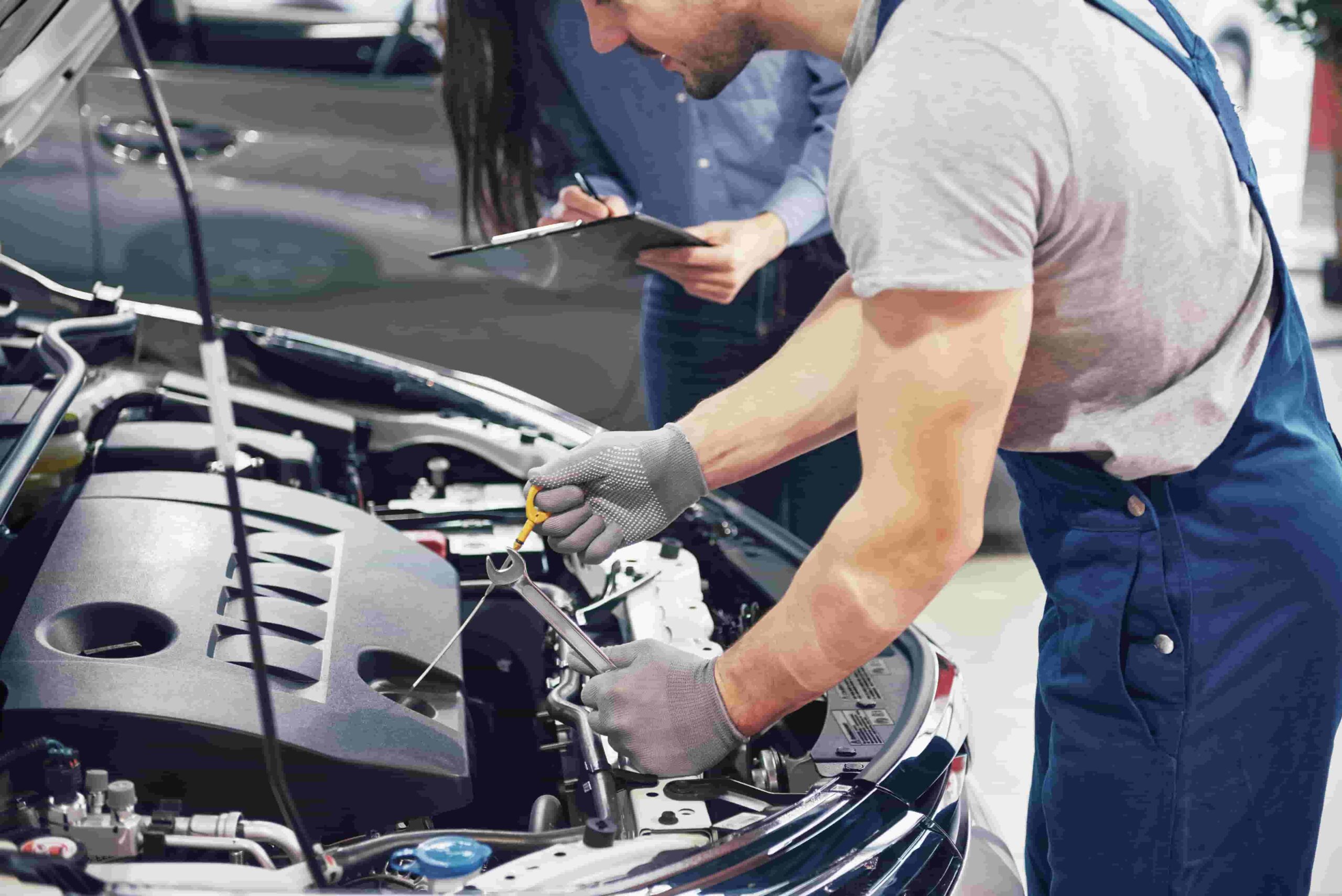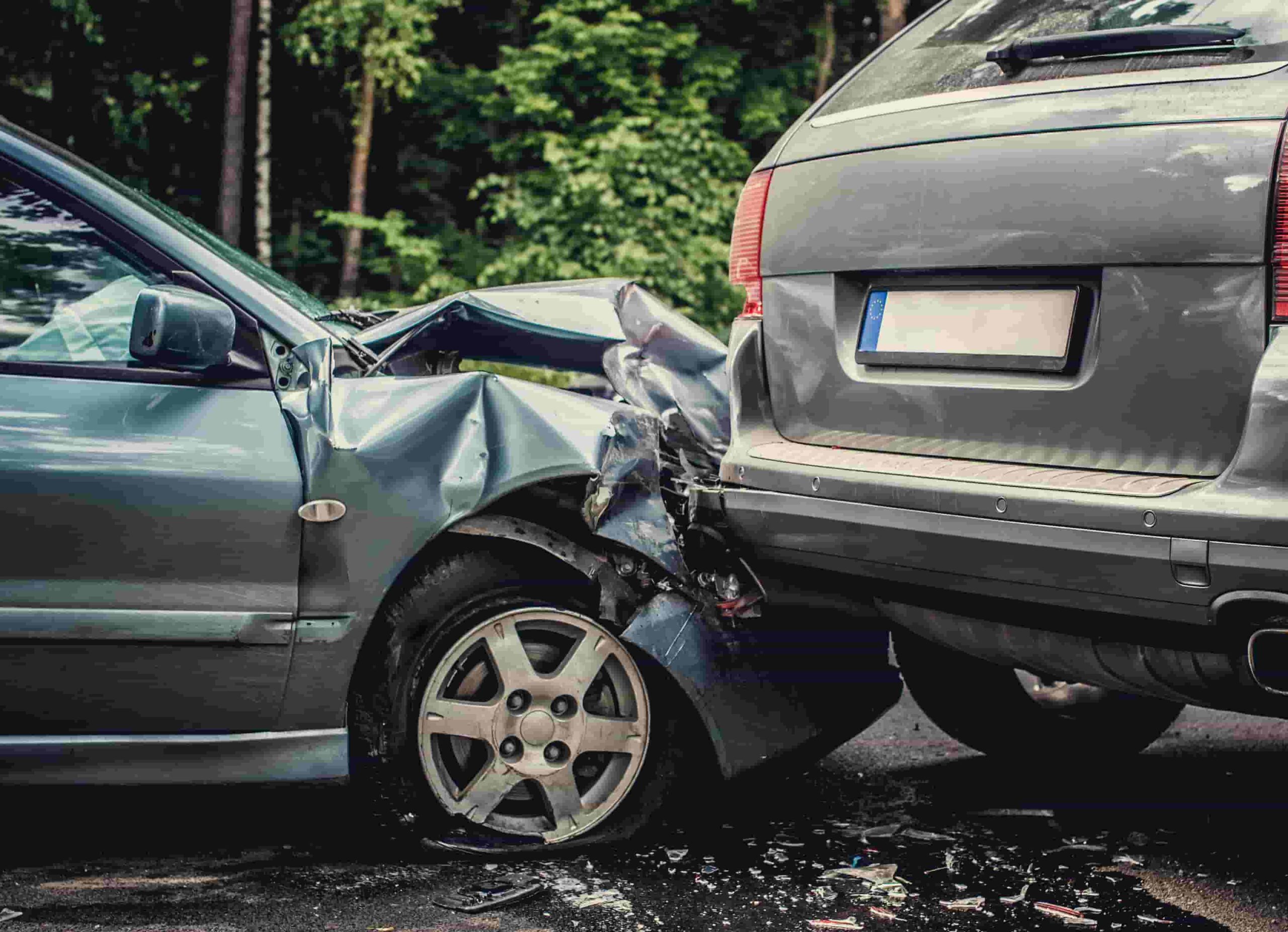Collisions are an unfortunate reality for many car owners. One minute you’re cruising down the highway, and the next, you’re dealing with the aftermath of an accident. But understanding the collision repair process can make this experience smoother and less daunting. Whether you’re a car owner, an insurance provider, or an auto enthusiast, knowing what goes on behind the scenes can help you make informed decisions and ensure that your vehicle is restored to its former glory.
Initial Steps – From Damage Assessment to the Estimate
When you first bring your damaged vehicle to an auto body shop, the process begins with a thorough damage assessment. This step is crucial as it sets the foundation for the entire repair process. Technicians will inspect every inch of your vehicle to identify visible and hidden damages. This inspection often involves using specialized equipment to detect structural issues that aren’t immediately apparent.
Once the assessment is complete, the next step is generating an estimate. The estimate includes the cost of parts, labor, and any additional services required to repair your vehicle. It’s essential for both car owners and insurance providers to understand this estimate as it forms the basis for any claims and reimbursements. A detailed estimate helps in reducing misunderstandings and ensures transparency between all parties involved.
Understanding the initial steps can empower you to ask the right questions and set realistic expectations. Knowledge in this phase can save you from potential pitfalls and ensure your vehicle gets the attention it needs.
The Repair Process – Understanding the Steps and Techniques Used
The heart of collision repair lies in the actual repair process. Once the estimate is approved, technicians get to work. This stage involves several steps, each requiring specific skills and techniques. The process often starts with disassembling the damaged parts to access the affected areas. This can include removing panels, bumpers, and other components.
Next, technicians focus on repairing or replacing damaged parts. This can involve welding, straightening frames, and fixing dents. Modern vehicles often come with advanced materials and technologies, and technicians need to stay updated with the latest repair techniques. This ensures that repairs not only restore the vehicle’s appearance but also its safety features.
After repairing the structural components, technicians reassemble the vehicle. This step requires precision to ensure that all parts fit perfectly and function as intended. Understanding these steps can help car owners and insurance providers appreciate the complexity of collision repairs and the expertise required to execute them successfully.
Parts and Materials – The Role They Play in Quality Repairs
The quality of parts and materials used in collision repairs significantly impacts the final result. Original Equipment Manufacturer (OEM) parts are often recommended because they match the exact specifications of your vehicle. However, there are also aftermarket parts available, which can be a cost-effective alternative. It’s essential to understand the difference between these options and how they affect your vehicle’s performance and longevity.
High-quality materials are equally important. From the type of paint to the adhesives used, every material plays a role in ensuring the repair lasts. For instance, using inferior paint can lead to issues like fading or peeling over time. Similarly, low-quality adhesives may not provide the necessary strength, compromising the structural integrity of the repair.
Being informed about the parts and materials used in your vehicle’s repair can help you make better decisions. Whether it’s opting for OEM parts or understanding the importance of high-quality paint, this knowledge ensures that you get the best possible outcome.
Painting and Refinishing – Detailing the Art of Perfecting the Finish
Once the structural repairs are complete, the next step is painting and refinishing. This stage is as much an art as it is a science. Achieving a flawless finish requires skill, precision, and high-quality materials. The process begins with prepping the surface, which involves sanding, priming, and sealing. This ensures that the paint adheres properly and provides a smooth base.
Next comes the actual painting. Technicians use specialized tools and techniques to apply multiple layers of paint. Each layer needs to be carefully applied and cured to achieve a uniform finish. The color matching process is critical here, as any discrepancies can be easily noticeable. Advanced technology, such as spectrophotometers, is often used to ensure an exact match with your vehicle’s original color.
The final step is clear coating, which adds a protective layer and enhances the paint’s shine. This step also involves polishing and buffing to remove any imperfections. Understanding the painting and refinishing process can give you a deeper appreciation of the craftsmanship involved in restoring your vehicle’s appearance.
Quality Checks and Finalizing the Repair
Before handing your vehicle back to you, a series of quality checks are performed. These checks ensure that all repairs meet industry standards and that your vehicle is safe to drive. Technicians will inspect the structural repairs, paint job, and reassembled parts to ensure everything is in order.
One of the critical aspects of quality checks is ensuring that all safety features are fully functional. This includes checking airbags, sensors, and other advanced safety systems. Any issues detected during this phase are addressed promptly to ensure your vehicle is in optimal condition.
Finalizing the repair also involves cleaning your vehicle and conducting a test drive. This ensures that everything functions as expected and that there are no lingering issues. Knowing about these quality checks can give you peace of mind, knowing that your vehicle has been thoroughly inspected and repaired.
The Importance of Choosing the Right Auto Body Shop
Not all auto body shops are created equal, and choosing the right one can make a significant difference in the quality of repairs. Look for shops with certifications from reputable organizations like the National Institute for Automotive Service Excellence (ASE) or I-CAR. These certifications indicate that the technicians are trained and qualified to handle complex repairs.
Read reviews and ask for recommendations from friends or family. A reputable shop will have positive feedback and a history of satisfied customers. Transparency is also crucial, so choose a shop that provides detailed estimates and communicates clearly throughout the repair process.
Lastly, consider the shop’s warranty policy. A good warranty indicates confidence in their work and provides you with additional protection. By choosing the right auto body shop, you can ensure that your vehicle receives the best possible care.
Conclusion
Understanding the collision repair process is essential for car owners, insurance providers, and auto enthusiasts. From the initial damage assessment to the final quality checks, each step plays a crucial role in restoring your vehicle to its pre-accident condition. By being informed, you can make better decisions, avoid potential pitfalls, and ensure that your vehicle receives the best care possible.
If you’re looking to gain more insights or need assistance with your vehicle, don’t hesitate to reach out to a trusted auto body shop. Their expertise can guide you through the process and ensure that your vehicle is in safe hands.
Grasping the intricacies of collision repair not only empowers you but also enhances your ability to maintain your vehicle’s value and safety. Whether you’re dealing with an accident now or preparing for the future, this knowledge is invaluable.


